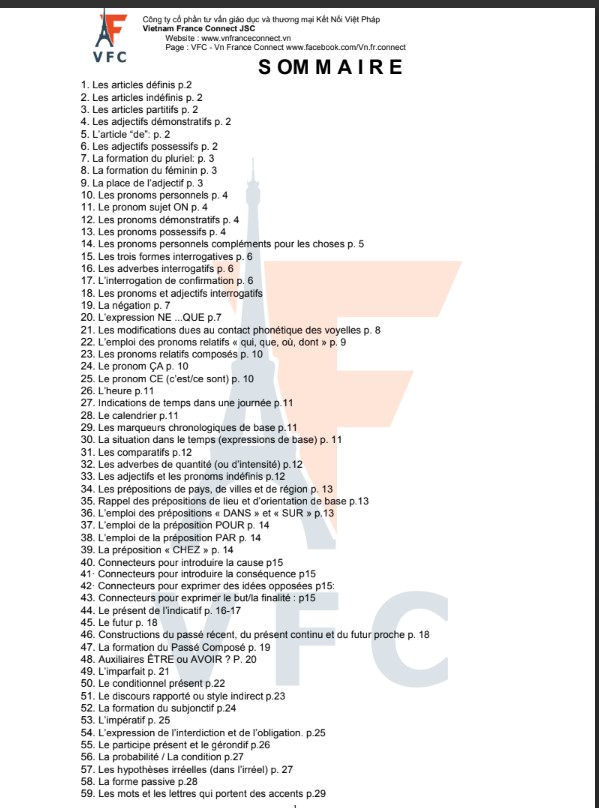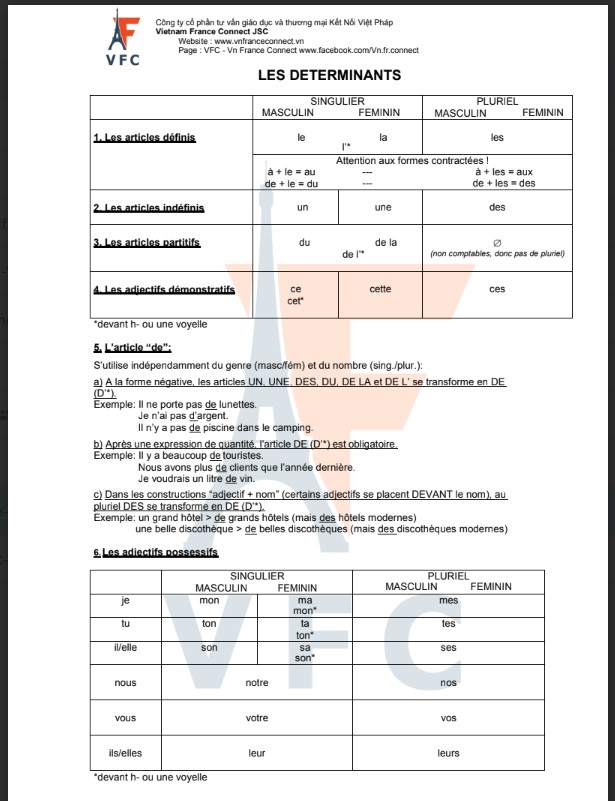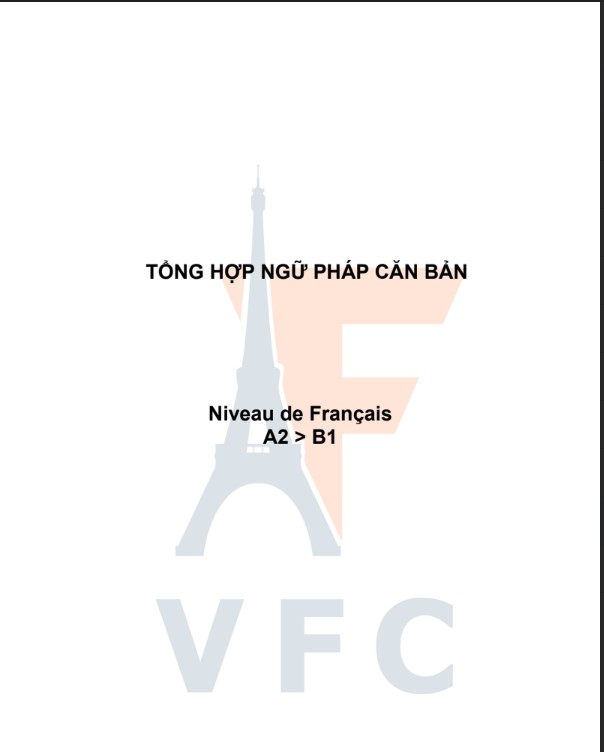


Bild 1: Table of Contents
Table of Contents
1 Introduction: About the DSAT ………………………………………………………………. 7
1.0.1 Format ………………………………………………………………………………………… 8
1.0.2 Test Duration ………………………………………………………………………………… 8
1.0.3 Adaptive Testing ……………………………………………………………………………. 8
1.0.4 Test Experience …………………………………………………………………………….. 9
1.0.5 Question Format …………………………………………………………………………….. 9
1.0.6 Test Security …………………………………………………………………………………. 9
1.0.7 Score Delivery ……………………………………………………………………………….. 9
1.0.8 Conclusion ……………………………………………………………………………………. 9
2 Reading Question Types ……………………………………………………………………………… 10
2.1 Introduction …………………………………………………………………………………….. 10
2.1.1 Domain: Craft and Structure ……………………………………………………….. 10
2.1.2 Domain: Information and Ideas ………………………………………………….. 11
2.1.3 Domain: Standard English Conventions ………………………………………… 11
2.1.4 Domain: Expression of Ideas ………………………………………………………… 11
3 Scoring 1600 …………………………………………………………………………………………… 13
3.1 The Ultimate Guide to Scoring 1600 on the SAT: Strategies and Tips …………….. 13
3.1.1 Building a Solid Foundation ……………………………………………………… 13
3.1.2 Developing a Customized Study Plan ………………………………………… 14
3.1.3 If you scored 1550 …………………………………………………………………… 15
3.2 Mastering Time Management Skills for SAT Success …………………………………… 15
3.3 Tools for Time Management ………………………………………………………………… 15
3.3.1 Using a Computer ………………………………………………………………….. 15
3.3.2 Time Tracking Software ……………………………………………………………. 16
3.4 Strategies for Time Management ……………………………………………………………. 16
3.4.1 The Skip and Return Strategy …………………………………………………… 16
3.4.2 The Section Division Strategy ……………………………………………………. 16
3.5 Practicing Time Management ………………………………………………………………… 16
3.5.1 Mock Tests …………………………………………………………………………….. 16
3.5.2 Gradual Time Reduction …………………………………………………………… 16
3.5.3 Anxiety Management ……………………………………………………………….. 16
3.6 Non-Traditional Methods for Test Preparation …………………………………………… 17
3.6.1 Mind Mapping ………………………………………………………………………… 17
3.6.2 Dual Coding …………………………………………………………………………… 17
3.6.3 Interleaved Practice ……………………………………………………………….. 17
3.6.4 Test-Taking Tips …………………………………………………………………….. 18
3.6.5 Test day preparation ………………………………………………………………. 18
3.7 Building Mental Resilience …………………………………………………………………… 19
3.8 Mindfulness Meditation ……………………………………………………………………….. 19
3.9 Visualization ……………………………………………………………………………………… 19
3.10 Mastering the Art of Educated Guessing in Multiple-Choice Questions ………. 20
3.10.1 The Process of Elimination …………………………………………………… 20
3.10.2 Beware of Absolute Terms …………………………………………………… 21
3.10.3 Choose the Longest or Most Detailed Answer ……………………… 21
3.10.4 Trust Your First Instinct …………………………………………………….. 21
3.10.5 When All Else Fails, Guess …………………………………………………. 22
3.11 Positive Affirmations …………………………………………………………………………. 22
3.12 Harnessing the Power of Positive Affirmations for Test Taking …………………. 22
3.12.1 Understanding Positive Affirmations …………………………………… 22
3.12.2 The Role of Positive Affirmations in Test Preparation …………. 22
3.12.3 Incorporating Positive Affirmations into Test Preparation ….. 22
3.13 Conclusion ………………………………………………………………………………………. 23
II “How to Solve” Tutorials ………………………………………………………… 24
4 How to Solve “Craft and Structure – Word In Context” ………… 25
4.1 Example “Craft and Structure – Word In Context” Question ….. 25
4.2 How to solve “Craft and Structure – Word In Context” ………… 26
5 How to Solve “Craft and Structure – Text Structure and Purpose” …………………………………………………………………………………………… 29
5.1 Example “Craft and Structure – Text Structure and Purpose” Question ………………………………………………………………………………. 29
5.2 How to solve “Craft and Structure – Text Structure and Purpose” ………………………………………………………………………………. 30
6 How to Solve “Craft and Structure – Cross-Text Connections” … 34
6.1 Example “Craft and Structure – Cross-Text Connections” Question ………………………………………………………………………………. 34
6.2 How to solve “Craft and Structure – Cross-Text Connections” ………………………………………………………………………………. 35
7 How to Solve “Information and Ideas – Central Ideas and Details” ………………………………………………………………………………………….. 39
7.1 Example “Information and Ideas – Cross-Text Connections” Question ………………………………………………………………………………. 39
7.2 How to solve “Information and Ideas – Central Ideas and Details” ………………………………………………………………………………. 40
8 How to Solve “Information and Ideas – Command of Evidence” .. 44
8.1 Example “Information and Ideas – Command of Evidence” Question ………………………………………………………………………………. 44
8.2 How to solve “Information and Ideas – Command of Evidence” ………………………………………………………………………………. 45
9 How to Solve “Information and Ideas – Inferences” ………………. 49
9.1 Example “Inferences” Question …………………………………………… 49
9.2 How to solve “Information and Ideas – Inferences” ………………. 50
10 How to Solve “Standard English Conventions – Boundaries” ….. 54
10.1 Example “Standard English Conventions – Boundaries” Question … 54
10.2 How to solve “Standard English Conventions – Boundaries” ……. 55
11 How to Solve “Standard English Conventions – Form Structure, and Sense” ………………………………………………………………………………. 59
11.1 Example “Standard English Conventions – Form, Structure, and Sense” Question ………………………………………………………………………. 59
11.2 How to solve “Standard English Conventions – Form, Structure, and Sense” ………………………………………………………………………. 60
12 How to Solve “Expression of Ideas – Rhetorical Synthesis” ….. 62
12.1 Example “Expression of Ideas – Rhetorical Synthesis” Question …. 63
12.2 How to solve “Expression of Ideas – Rhetorical Synthesis” …….. 64
13 How to Solve “Expression of Ideas – Transitions” …………………. 68
13.1 Example “Expression of Ideas – Transitions” Question ………….. 68
13.2 How to solve “Expression of Ideas – Transition” …………………. 69
13.2.1 Additional Transition Word List ………………………………….. 72
Bild 2: LES DETERMINANTS
LES DETERMINANTS
| SINGULIER | PLURIEL | |||
| MASCULIN | FEMININ | MASCULIN | FEMININ | |
| 1. Les articles définis | le | l* | la | les |
| à + le = au | à + les = aux | |||
| de + le = du | de + les = des | |||
| — | Attention aux formes contractées ! | |||
| 2. Les articles indéfinis | un | une | des | |
| 3. Les articles partitifs | du | de la | de l’ * | des |
| (non comptables, donc pas de pluriel) | ||||
| 4. Les adjectifs démonstratifs | ce | cet* | cette | ces |
| *devant h- ou une voyelle | ||||
| 5. L’article “de”: | ||||
| S’utilise indépendamment du genre (masc/fém) et du nombre (sing./plur.): | ||||
| a) A la forme negative, les articles UN, UNE, DES, DU, DE LA ET DE L’ se transforme en DE (D*). | ||||
| Exemple: Il ne porte pas de lunettes. | ||||
| Il n’y a pas de piscine dans le camping. | ||||
| b) Après une expression de quantité, L’article de (D*) est obligatoire. | ||||
| Exemple: Il y a beaucoup de touristes. | ||||
| Nous voudrais un litre de vin. | ||||
| c) Dans les constructions negatif + nom (certains adjectifs se placent DEVANT le nom), au PLURIEL DES, se transforme en DE (D*). | ||||
| Exemple: un grand hôtel > de grands hôtels (mais des hôtels modernes) | ||||
| une belle discothèque > de belles discothèques (mais des discothèques modernes) | ||||
| 6. Les adjectifs possessifs | ||||
| SINGULIER | PLURIEL | |||
| MASCULIN | FEMININ | MASCULIN | FEMININ | |
| je | mon | ma* | mes | |
| tu | ton | ta* | tes | |
| il/elle | son | sa* | ses | |
| nous | notre | nos | ||
| vous | votre | vos | ||
| ils/elles | leur | leurs | ||
| *ma, ta, sa – (devant un h muet ou une voyelle) |
Bild 3: LA MORPHOLOGIE DU NOM ET DE L’ADJECTIF
LA MORPHOLOGIE DU NOM ET DE L’ADJECTIF
7. La formation du pluriel:
| SINGULIER | PLURIEL |
| Mot singulier | + s |
| Mot singulier terminé en -s, -x, -z | invariable |
| Mot singulier terminé en -al (1) | > aux |
| Mot singulier terminé en -ail | + aux |
| Mot singulier terminé en -eu, -eau | + x |
| Mot singulier terminé en -au | + x |
Exceptions (1): des bals, des carnavals et des festivals
8. La formation du féminin:
| MASCULIN | FEMININ |
| Mot masculin | + e |
| Mot masculin terminé en -e | Invariable |
| -eux | -euse |
| -if | -ive |
| -on | -onne |
| -er | -ère |
| -eau | -elle |
| -ien | -ienne |
| -et | -ète |
| -el | -elle |
| -eur | -euse |
| -teur | -trice(-teuse) |
9. La place de l’adjectif:
- Il est généralement placé derrière le nom.
Exemple : un produit touristique, des prix intéressants, un voyage inoubliable, etc. - Sauf quelques adjectifs très courants se placent devant comme grand = petit, bon = mauvais, vieux ≠ jeune, ancien ≠ nouveau et beau et les ordinaux premier, deuxième, etc.
Exemple : un petit hôtel, au premier étage, une belle excursion, une vieille église, etc. - Attention : les adjectifs beau, vieux et nouveau placés devant un nom masculin commençant par une voyelle ou h muet se transforment en bel, vieil et nouvel.
Exemple : un bel hôtel, un vieil ordinateur, un nouvel employé, etc. - Observation : Dans les écrits publicitaires, les adjectifs sont parfois placed avant le nom pour le valoriser.
Exemple : Découvrez cette merveilleuse ville ! Offrez-vous cette inoubliable


